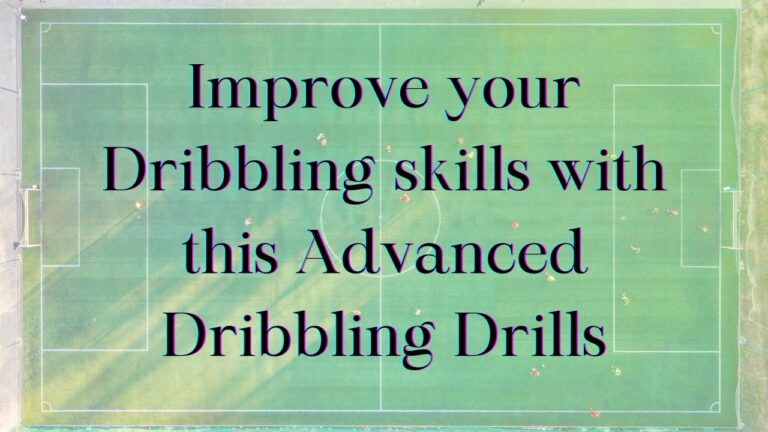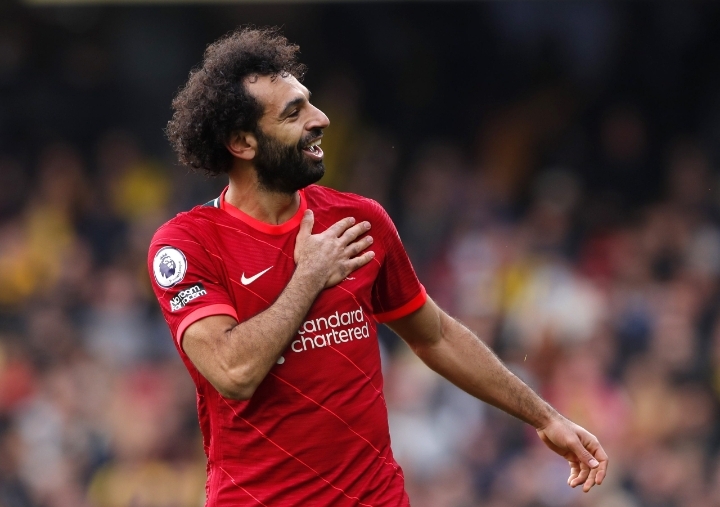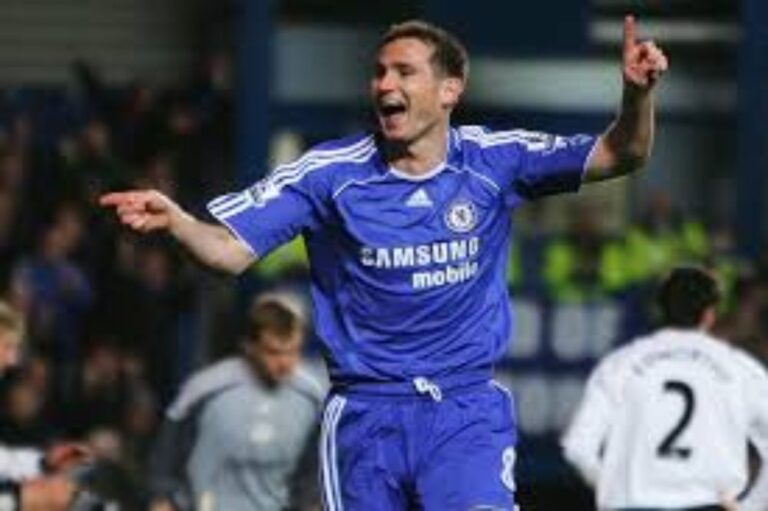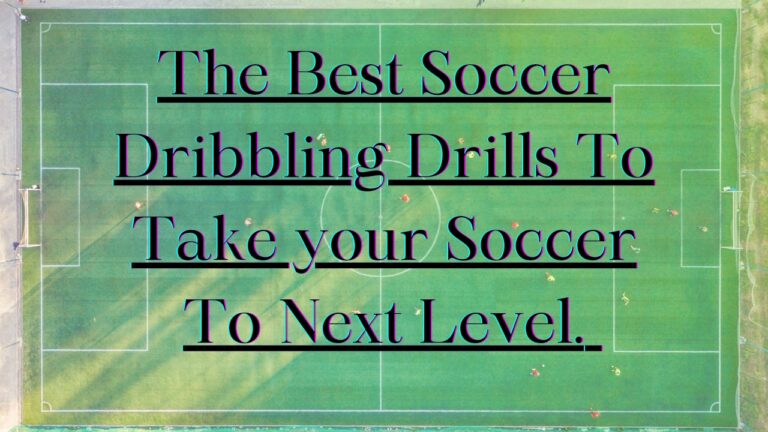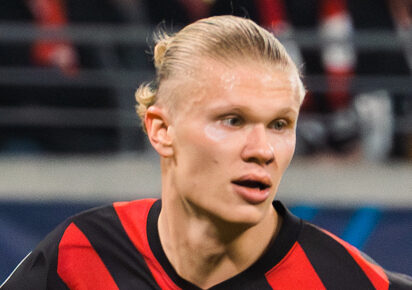Soccer positions can be complex for new fans to understand. The midfielder position, in particular, has several specialized roles with nuanced differences. This guide will explain the five main types of midfielders in soccer and what distinguishes them on the pitch.
What is a Midfielder in Soccer?
In simple terms, midfielders are positioned in the center of the field between the defenders and forwards. They are often described as the “engine room” of a soccer team due to their well-rounded duties on both offense and defense.
Related Post: The Vital Role of the Midfielder in Soccer
Most soccer formations deploy between three to five midfielder players who must work cohesively as a unit. Midfielders are involved in nearly every aspect of play during a match. Their responsibilities include:
– Making tackles and winning possession
– Retaining possession by completing passes
– Distributing the ball to initiate attacking moves
– Providing scoring chances for forwards
– Tracking back to assist defenders
Due to their box-to-box running and involvement on both sides of the ball, midfielders often cover the greatest distances in a match. Having excellent stamina and fitness is a prerequisite for the position.
Now that we’ve defined their general role, let’s examine the five specific types of midfielders and how they differ from one another.
1 – The Holding/Defensive Midfielder
The holding or defensive midfielder primarily operates in front of the two center-backs in the heart of the formation. Their main responsibility is to provide a shield and an extra layer of protection to the defensive line.
Holding midfielders are tasked with “breaking up play” and disrupting the rhythm of the opposing attackers. They exhibit tremendous physicality and aerial prowess to win possession back through tackles, interceptions, blocks, and clearances.
These players demonstrate superior reading of the game and positional intelligence to halt attacks before they fully develop. Their role is to anticipate passes and be in the right place at the right time to cut out threats.
While other midfielders may push forward, holding mids generally do not join the attack. Rather, they maintain their discipline to occupy the space in front of the back four. Players like N’Golo Kante and Casemiro epitomize world-class holding midfielders.
Kante in particular covers an extraordinary amount of ground to win back possession for his teams. His stamina allows him to press intensely to force turnovers in dangerous areas. Meanwhile, Casemiro excels at using his big frame to win aerial duels and shield the backline.
The holding midfielder supplies the steel and physical edge that provides the platform for their more creative teammates to flourish. Their defensive contributions are a crucial element to team balance and success.
2 – The Deep-Lying Playmaker/Regista
The deep-lying playmaker, also referred to as the “regista,” generally occupies a similar space to the holding midfielder, operating just in front of the backline. However, their duties differ considerably.
While holding mids emphasizes physicality and breaking up attacks, the registrar’s chief role is to initiate attacking moves by distributing the ball creatively. They act as the quarterback and conductor of the team’s offensive phase.
Registas demonstrate tremendous vision, technique, and in-game intelligence to control possession and slice open defenses with incisive passing. Though they participate in defending, their biggest strengths lie in their composure and distribution.
The registrar will drop deep to receive the ball from defenders before orchestrating the attack. They have the skillset and ideas to unlock low blocks and connect the team from back to front. Players like Toni Kroos and Jorginho are exemplary modern registers.
In particular, Kroos is a passing purist who dictates games for Real Madrid and Germany from the base of midfield. Meanwhile, Jorginho thrives on quick combination play and keeping the ball moving as the creative hub.
While not as athletic or imposing as other midfielders, the registrar’s ability to dictate the tempo and keep their team in control with crisp, imaginative passing is a highly specialized and valuable asset. Their role forms the crucial link between defense and attack.
Related Post: The Vital Role of the Midfielder in Soccer
3 – The Box-to-Box Midfielder
As the name implies, box-to-box midfielders cover ground and contribute on both ends, from penalty box to penalty box. They operate primarily through the center of the pitch.
The box-to-box mid’s role entails supporting teammates in attack with late runs into the penalty area while also tracking back to provide defensive cover. They embody the complete two-way midfielder.
Stamina and a tireless work rate are prerequisites for the box-to-box midfielder role. Players in this position often cover the most distance throughout the 90 minutes. Maintaining intensity on both sides of the ball requires superb fitness.
In attack, the box-to-box player will look to combine with teammates using quick interplay while also bursting forward to get shots away. Defensively, they work relentlessly to win back possession through tackles and interceptions.
The balance and versatility of the box-to-box midfielder provide a vital link between the team’s defensive and offensive units. Their well-rounded attributes allow them to contribute in all phases.
Some of the top box-to-box midfielders today include Bayern Munich’s Joshua Kimmich and Inter Milan’s Nicolo Barella. Both players motor up and down the pitch, supporting attack and defense. Kimmich even excels at providing crosses from out wide, showcasing the box-to-box midfielder’s complete skill set.
4 – The Advanced Playmaker/Attacking Midfielder
The advanced playmaker or attacking midfielder operates in the final third between the midfield and forward lines. Their primary objective is to supply and create goal-scoring opportunities.
Rather than dropping deep, the advanced playmaker positions themselves closer to the opposing goal to provide a central creative threat. They will look to take on defenders, play killer passes in behind, and unleash long-range strikes.
Advanced playmakers demonstrate excellent close control, dribbling skills, and vision to unlock defenses. While they can also contribute to defending, their main role is facilitating chances in the attack.
The attacking midfielder will drift and find pockets of space between the opponent’s defensive and midfield lines to dictate play. Players like Kevin De Bruyne and Neymar exemplify this role.
De Bruyne produces remarkable quality and productivity from central areas for Manchester City with his passing range and expansive skillset. Meanwhile, Neymar dominates games from the #10 position with his mesmerizing dribbling ability for club and country.
The advanced playmaker adds a central point of creativity and chance creation that links midfield runners to the main striker. Their presence allows the team to penetrate in the final third and control possession near the goal.
5 – The Wide Midfielder/Winger
As the name denotes, the wide midfielder or winger operates primarily in the channels near the touchlines, providing width to stretch the opponent.
Wingers aim to isolate against opposing fullbacks and utilize their pace and dribbling to beat their man and deliver crosses into the box. Their positioning hugs the sidelines.
When in possession, wingers stay high and wide to maintain the team’s width in attack. Out of possession, they are expected to track back and support the fullback defensively.
The winger’s main offensive strengths lie in their speed, agility, ball control, and crossing ability. When they beat their marker, their dangerous left and right-footed deliveries become a vital source of chances.
Some standout qualities of top wingers are cutting inside on their stronger foot, linking up with overlapping fullback runs, and occasionally swapping flanks to keep defenses off balance.
Lionel Messi has transitioned into more of a right-winger for Barcelona and Argentina in his later career. Meanwhile, players like Bernardo Silva and Yuri Tielemans operate on the wing but also tuck inside to create overloads.
The wingers’ ability to stretch and unsettle defenses by creating 2v1 situations out wide adds an important asymmetrical element to a team’s attack. Their wide runs open central space for midfield runners.
To Conclude
As we’ve explored, not all midfielders are created equal. The position features great diversity in roles based on positioning, responsibilities, and skill sets.
The holding midfielder, deep-lying playmaker, box-to-box midfielder, advanced playmaker, and winger each offer specialized traits for different phases of play.
Understanding these distinctions allows fans to better appreciate the nuances and complementary qualities needed in a balanced midfield unit.
Midfielders must work in harmony, playing to their strengths while covering teammates’ weaknesses. The blend of defense, distribution, chance creation, and width supplied by various midfield roles generates a well-rounded, functioning engine room.
Next time you watch soccer, see if you can identify the types of midfielders on display and observe how they collaborate. The symmetry between their duties produces winning soccer.


